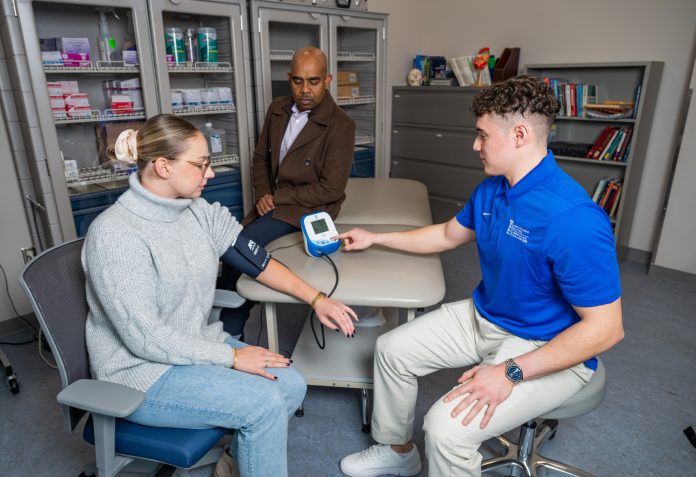For over a century, blood pressure has been measured in the arm or the brachial artery. It is one of the most frequently utilized diagnostic parameters, and for good reason – it provides a basic understanding of cardiovascular disease risk, the prognosis for existing cardiovascular conditions, and organ damage.
However, there is another form of blood pressure measurement that could offer a more comprehensive understanding of heart health for certain patients. Central blood pressure provides insight into the largest blood vessel, which carries blood from the heart to the rest of the body. Research has indicated that central blood pressure is more strongly linked to vascular disease, organ damage, and cardiovascular events in some populations compared to brachial blood pressure. This knowledge could empower patients and healthcare professionals to make more informed decisions about cardiovascular health.
“Central blood pressure is significant as it indicates the pressure against which the heart pushes and gives an understanding of the pressure organs such as the brain and kidneys are experiencing,” explains Dr. Peter Latchman, SCSU professor of health and movement sciences. “Knowing the pressure against which the heart is pushing provides information on how hard the heart is working. This information is important in treating and preventing cardiovascular disease.”
When brachial blood pressure is taken, the systolic number (the top number) can be up to 40 mmHg higher than the central systolic pressure, meaning a patient could have elevated brachial blood pressure without having a significant increase in central blood pressure. In this situation, a patient might be prescribed hypertension medication despite not having elevated central blood pressure, suggesting that medication may not be necessary. Additionally, some hypertension medications can lower brachial blood pressure without significantly affecting central blood pressure.
“Measuring central blood pressure can provide valuable insight into the effectiveness of a blood pressure medication,” says Latchman.
Considering this, one might wonder why this measurement isn’t taken during a doctor’s visit. But up until recently, measuring central blood pressure required invasive procedures such as cardiac catheterization, making in-office assessments impractical. Consequently, healthcare providers have opted to measure the more accessible brachial blood pressure instead.
“Thankfully, technological advancements have made it possible for special digital blood pressure machines to measure central blood pressure,” says Latchman. “These machines, while resembling those sold at the pharmacy, are a significant step forward in healthcare technology. Unfortunately, many doctors’ offices are not yet equipped with such machines, but this could change in the future, offering a more comprehensive approach to blood pressure measurement.”
Southern offers free central blood pressure measurement. To make an appointment, call (203) 392-6355 or e-mail brownk39@southernct.edu.


